Difference between revisions of "Battle System Differences VisuStella MZ"
(→In-Depth Explanations) |
|||
| Line 287: | Line 287: | ||
This section will cover a few things, action processing, how multi-actions are handled (known in RPG Maker MZ as Action Times), and how action speed is handled. | This section will cover a few things, action processing, how multi-actions are handled (known in RPG Maker MZ as Action Times), and how action speed is handled. | ||
| − | Action Processing talks about when actions are to be immediate or | + | Action Processing talks about when actions are to be immediate or delayed. |
Multi-action handling explains how the battle system will treat them. | Multi-action handling explains how the battle system will treat them. | ||
| Line 322: | Line 322: | ||
Some battle systems will have more, others will have less. | Some battle systems will have more, others will have less. | ||
| + | |||
| + | - | ||
| + | |||
| + | '''Final Opinions:''' | ||
| + | |||
| + | If I have any final opinions about this battle system, I will mention them here. However, keep in mind that these are opinions and are not to be taken as fact (even though I'm pretty sure many of you will still take them as fact). | ||
| + | |||
| + | - | ||
| + | |||
| + | === DTB - Default Turn Battle === | ||
| + | |||
| + | <hr> | ||
| + | |||
| + | '''Default Turn Battle''' (DTB) is the battle system we've seen in RPG Maker throughout many of its iterations. From RPG Maker 95, 2000, XP, VX, VX Ace, MV, and MZ, DTB has been a core staple to the RPG Maker franchise. However, it is often labeled as the most "boring" battle system out there by many. Whether or not this is true depends completely on the game dev in making use of its potential. | ||
| + | |||
| + | - | ||
| + | |||
| + | '''Structure and Playstyle:''' | ||
| + | |||
| + | DTB has a turn-based structure. This means that for every battle turn, each alive and able battler is granted a turn, too. Turn-based battle systems do not allow for turn-lapping because it's impossible for battlers to have multiple turns (not to be confused with actions) per battle turn. This creates a balanced turn economy for each alive and able battler. | ||
| + | |||
| + | The playstyle is typically a proactive playstyle. A proactive playstyle means that the player will have to decide the actions of the party in advance without knowing what's going to happen from the enemies in the upcoming battle turn. Players will have to predict what enemies are going to be doing in order to make the most out of the battle turn. As such, it's often better for players to go for action combos from the party members in order to capitalize on a turn. This can often lead to a very rewarding feeling once the said action combo manages to take off. | ||
| + | |||
| + | Reactive playstyles are also possible, but the actions coming from the reactive side are mostly in response to the results of the enemy actions of a previous turn and not the current turn. | ||
| + | |||
| + | - | ||
| + | |||
| + | '''Actions:''' | ||
| + | |||
| + | When actions are selected for the party members, they are delayed until the battle turn actually starts. When that happens, actions are performed in the order of the calculated speed for the battlers from highest to lowest. | ||
| + | |||
| + | If a battler has multiple actions per turn (thanks to Action Times+), the player will input all of them at once. When it's time for the battler to perform his or her action, the battler will perform each of the queued actions one after another in sequence. | ||
| + | |||
| + | If an action has positive speed, the action will be performed faster and earlier in the action order queue. | ||
| + | |||
| + | If an action has negative speed, the action will be performed slower and later in the action order queue. | ||
| + | |||
| + | - | ||
| + | |||
| + | '''Turns:''' | ||
| + | |||
| + | Discussion of how turns work with this battle system, things to keep in mind of, and what techniques are there to utilize to make sure the gameplay experience is as good as it can be. | ||
| + | |||
| + | The importance of AGI will one main topic and turn lapping if that is possible with this battle system. | ||
| + | |||
| + | The AGI range will be another important topic. | ||
| + | |||
| + | The importance of action speeds will also included here including the topic of carryover if that is available. | ||
| + | |||
| + | - | ||
| + | |||
| + | '''Visual Data:''' | ||
| + | |||
| + | This section will talk about the visual data options that come with the battle system, why they're important, and how they can impact the player. | ||
| + | |||
| + | These will mostly talk about the Time Gauge (if there is one) and/or the Battle-Wide Turn Order if that's available, too. | ||
| + | |||
| + | - | ||
| + | |||
| + | '''Mechanics and Gimmicks:''' | ||
| + | |||
| + | If there are any mechanics and/or gimmicks that come with this battle system, explain them here. | ||
| + | |||
| + | This section may or may not have any major mechanics and/or gimmicks mentioned depending on the battle system. | ||
| + | |||
| + | Some battle systems will have more, others will have less. | ||
| + | |||
| + | - | ||
| + | |||
| + | '''Final Opinions:''' | ||
| + | |||
| + | If I have any final opinions about this battle system, I will mention them here. However, keep in mind that these are opinions and are not to be taken as fact (even though I'm pretty sure many of you will still take them as fact). | ||
- | - | ||
Revision as of 15:15, 12 November 2020
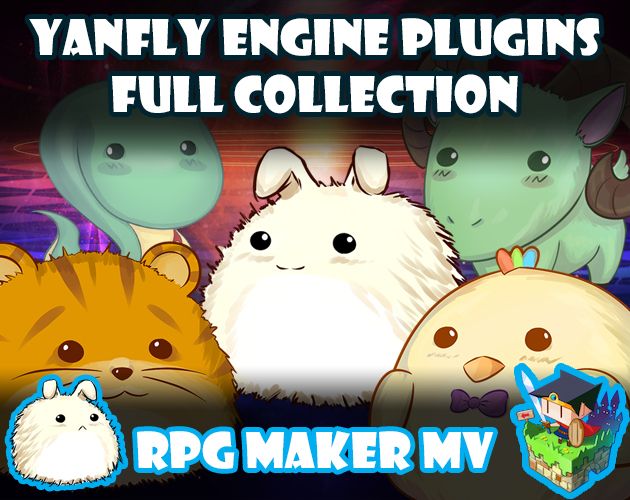
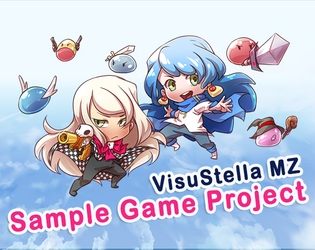
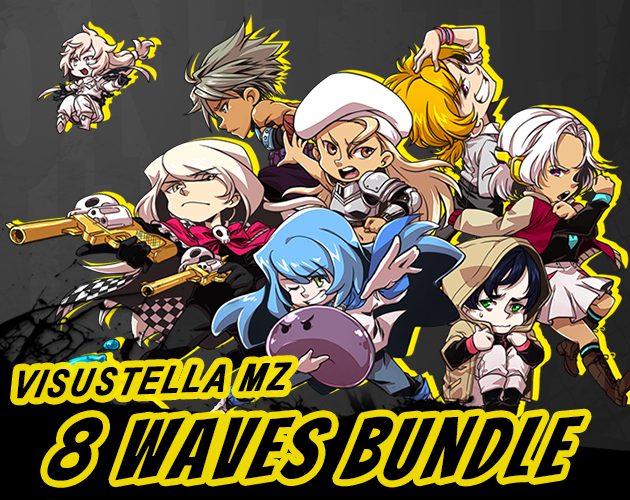
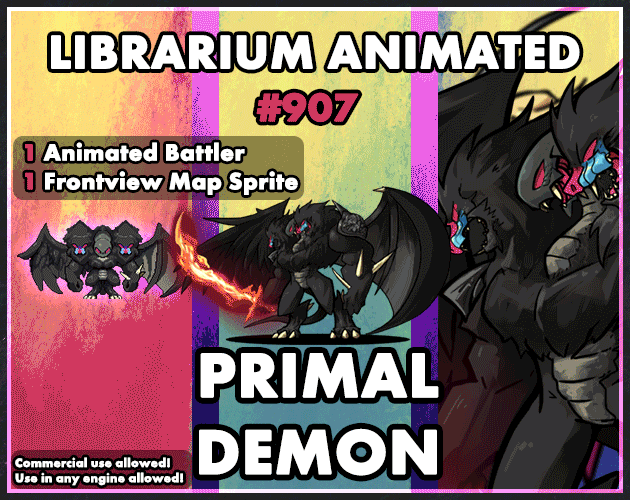
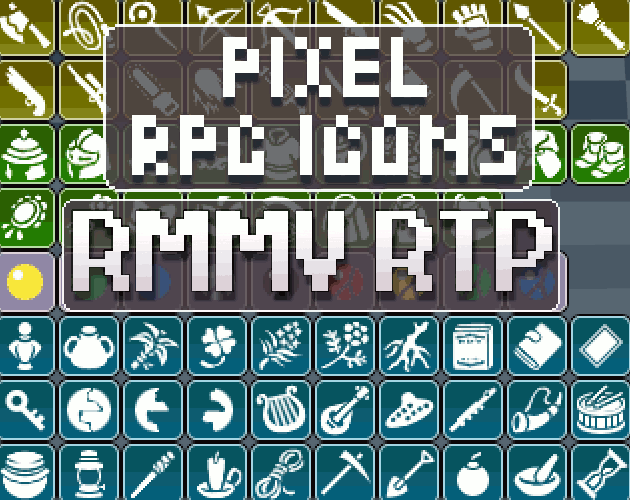
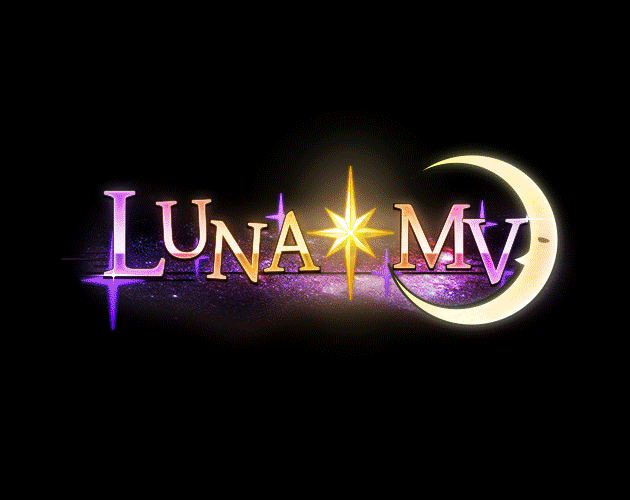
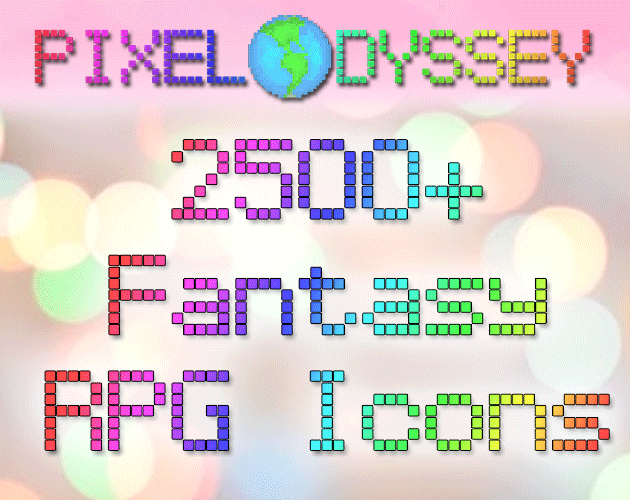
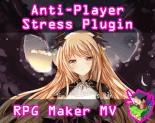
|
VisuStella, Caz Wolf, Fallen Angel Olivia, Atelier Irina, and other affiliated content creators.
IntroductionSome of you may have been wondering about which battle system to use for your RPG Maker MZ game. After all, if you're going to design your game's battle system, you'll want to pick the right foundation for it from the start or else the problems will compound upon one another as the game project develops further. This article will highlight the key aspects to take into consideration when picking the battle system suited for your game. Difference ChartSince this is probably what many of you are looking for, I'll go ahead and include it towards the top of this article so that there's less need to search around.
NOTE*: The battle systems in the chart above do not show which battle systems are "better" than others by having more ✅check marks. The number of ✅check marks is irrelevant to whether or not a battle system is fit for your game. Instead, you should be looking at where those ✅checkmarks are in order to determine which battle systems best suits your game design style. In-Depth ExplanationsThe following sections will have in-depth explanations for each of the battle systems. Each section will cover the following: - Structure and Playstyle: This section will talk about the turn-based structure or tick-based structure of the battle system and why that matters to the mechanical structure of how the battle system functions. I will also talk about the playstyle that typically comes with the said battle system. Although this part is not to be set in stone, it will give an idea on what kinds of possible mechanics can be utilized to give you, the game dev, a better understanding of the battle system's potential. - Actions: This section will cover a few things, action processing, how multi-actions are handled (known in RPG Maker MZ as Action Times), and how action speed is handled. Action Processing talks about when actions are to be immediate or delayed. Multi-action handling explains how the battle system will treat them. Action Speed handling is based on the data set by the game dev in the database. - Turns: Discussion of how turns work with this battle system, things to keep in mind of, and what techniques are there to utilize to make sure the gameplay experience is as good as it can be. The importance of AGI will one main topic and turn lapping if that is possible with this battle system. The AGI range will be another important topic. The importance of action speeds will also included here including the topic of carryover if that is available. - Visual Data: This section will talk about the visual data options that come with the battle system, why they're important, and how they can impact the player. These will mostly talk about the Time Gauge (if there is one) and/or the Battle-Wide Turn Order if that's available, too. - Mechanics and Gimmicks: If there are any mechanics and/or gimmicks that come with this battle system, explain them here. This section may or may not have any major mechanics and/or gimmicks mentioned depending on the battle system. Some battle systems will have more, others will have less. - Final Opinions: If I have any final opinions about this battle system, I will mention them here. However, keep in mind that these are opinions and are not to be taken as fact (even though I'm pretty sure many of you will still take them as fact). - DTB - Default Turn BattleDefault Turn Battle (DTB) is the battle system we've seen in RPG Maker throughout many of its iterations. From RPG Maker 95, 2000, XP, VX, VX Ace, MV, and MZ, DTB has been a core staple to the RPG Maker franchise. However, it is often labeled as the most "boring" battle system out there by many. Whether or not this is true depends completely on the game dev in making use of its potential. - Structure and Playstyle: DTB has a turn-based structure. This means that for every battle turn, each alive and able battler is granted a turn, too. Turn-based battle systems do not allow for turn-lapping because it's impossible for battlers to have multiple turns (not to be confused with actions) per battle turn. This creates a balanced turn economy for each alive and able battler. The playstyle is typically a proactive playstyle. A proactive playstyle means that the player will have to decide the actions of the party in advance without knowing what's going to happen from the enemies in the upcoming battle turn. Players will have to predict what enemies are going to be doing in order to make the most out of the battle turn. As such, it's often better for players to go for action combos from the party members in order to capitalize on a turn. This can often lead to a very rewarding feeling once the said action combo manages to take off. Reactive playstyles are also possible, but the actions coming from the reactive side are mostly in response to the results of the enemy actions of a previous turn and not the current turn. - Actions: When actions are selected for the party members, they are delayed until the battle turn actually starts. When that happens, actions are performed in the order of the calculated speed for the battlers from highest to lowest. If a battler has multiple actions per turn (thanks to Action Times+), the player will input all of them at once. When it's time for the battler to perform his or her action, the battler will perform each of the queued actions one after another in sequence. If an action has positive speed, the action will be performed faster and earlier in the action order queue. If an action has negative speed, the action will be performed slower and later in the action order queue. - Turns: Discussion of how turns work with this battle system, things to keep in mind of, and what techniques are there to utilize to make sure the gameplay experience is as good as it can be. The importance of AGI will one main topic and turn lapping if that is possible with this battle system. The AGI range will be another important topic. The importance of action speeds will also included here including the topic of carryover if that is available. - Visual Data: This section will talk about the visual data options that come with the battle system, why they're important, and how they can impact the player. These will mostly talk about the Time Gauge (if there is one) and/or the Battle-Wide Turn Order if that's available, too. - Mechanics and Gimmicks: If there are any mechanics and/or gimmicks that come with this battle system, explain them here. This section may or may not have any major mechanics and/or gimmicks mentioned depending on the battle system. Some battle systems will have more, others will have less. - Final Opinions: If I have any final opinions about this battle system, I will mention them here. However, keep in mind that these are opinions and are not to be taken as fact (even though I'm pretty sure many of you will still take them as fact). - End of Article | |||||||||||||||||||||||||||||||||||||||||||||||||||||||||||||||||||||||||||||||||||||||||||||||||||||||||||||||||||||||||||||||||||||||||||||||||||||||||||||||||||||||||||||||||||||||||||||||||||||||||||||||||||||||||||||||||||||||||||||||||||||||||||||||||||||||||||||||||||||||||||||||||||||||||||||||||||||||||||||||||||||||||||||||||||||||||||||||||||||||||||||||||||||||||||||||||||||||||||||||||||||||||||||||||||||||||||||||||||||||||||||||||||||||||||||||||||||||||||||||||||||||||||||||||||||||||||||||||||||||||||||||||||||||||||||||||||||||||||||||||||||||||||||||||||||||||||||||||||||||||||||||||||||||||||||||||||||||||||||||||||||||||||||||||||||||||||||||||||||||||||||||||||||||||||||||||||||||||||||||||||||||||||||||||||||||||